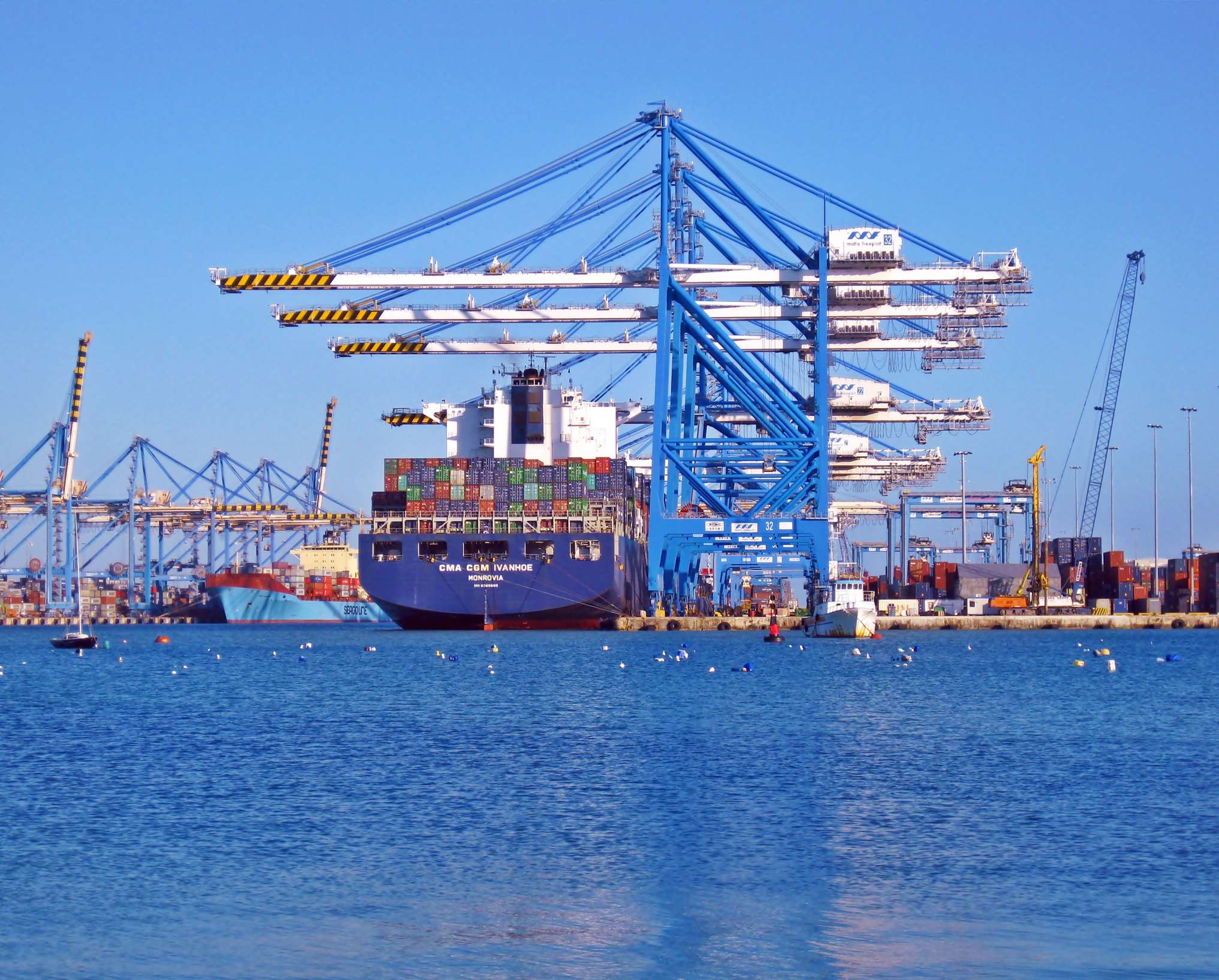Sustainability and the Supply Chain: Driving Positive Impact
In the 21st century, sustainability is no longer a luxury. It is an urgent necessity. This is particularly true for corporations since they are collectively responsible for a much larger carbon footprint.
Our planet’s resources are finite and the need to adopt sustainable practices is pressing. Climate change, rising demand, and environmental degradation are staring us in the face. To secure a safe future for us all, organizations must change their current ways of doing business and switch to more sustainable methods.
Learn how sustainable supply chains are part of the answer and how you can introduce it to your company.
Why We Need Sustainable Supply Chains
The supply chain is the core of any organization’s carbon footprint and overall environmental impact. A study by McKinsey & Co found that the supply chain for the average consumer company accounts for 80% of its greenhouse gas emissions and 90% of its impact on land, air, water, and biodiversity. A significant portion of an organization’s operational costs can also be attributed to supply chain management.
A growing number of companies are realizing the positive impact a sustainable supply chain can have on their operations. Research conducted by Ernst & Young found that out of 525 corporations across North and South America, 80% are emphasizing environmental, social, and governance (ESG) initiatives.
A truly sustainable supply chain helps corporations on all three fronts because sustainability is not only about reducing environmental impact. Rather, it is about achieving sustainability in three separate fields. These are:
● Environmental Sustainability: An organization’s environmental impact is tied to its supply chain management. A sustainable supply chain can go a long way in reducing a company’s carbon footprint.
● Social Sustainability: Companies can achieve social sustainability in their supply chains by adopting responsible labor practices and fostering community relations.
● Economic Sustainability: As a business, sustainable practices need to be financially viable in the long term so that they are not abandoned.

5 Benefits of a Sustainable Supply Chain
Adopting sustainable supply chain management measures has long-term and short-term benefits. Here are five ways sustainable supply chains can be empowered to drive positive impact on behalf of an organization:
1. Reduced Environmental Impact
Sustainable practices have an immediate positive environmental impact that minimizes the amount of pollutants a company releases at every stage of its supply chain. Also, contrary to popular opinion, sustainable practices are actually more cost-effective in the long run. Case studies found that adopting sustainable measures enables companies to save on labor, material usage, and transportation which ultimately drives profits higher over time.
2. Continuous Supply
Because sustainable supply chains prioritize diversity and resilience, they protect companies from unforeseen disturbances. With a diverse number of suppliers in its network, a company need not worry about broken links in its supply chain that may cause knock-on effects while hampering other operations.
3. Improved Public Image
Modern-day consumers are concerned about corporations’ environmental and social impact. When a company is transparent about its supply chain management, it builds trust with consumers. Forty percent of respondents surveyed by Ernst & Young said they would make purchasing decisions that support a more sustainable future.
4. Regulatory Compliance
Governments across the world are mandating that corporations switch to more sustainable practices. Companies looking to build trust in their sustainable supply chains can receive accreditation from authorities that they can make public to highlight their commitment to sustainability.
5. Potential Partnerships
A sustainable future will not be achieved through one company. After all, creating a more sustainable future is a shared responsibility. Luckily, this means that companies that share sustainability as a common goal are driven to work together. Sustainable manufacturers will source their raw materials from sustainable suppliers, causing a ripple effect throughout the entire supply chain.
How To Introduce Sustainability in Your Supply Chain
The best time to adopt sustainable practices in supply chain management is now. Out of all the corporations Ernst & Young surveyed, 18% committed to achieving a net-zero supply chain by 2030.
If you’re looking to kickstart a sustainable supply chain for your company, here are some steps to consider:
Analyze Liabilities in Your Supply Chain
The weak links in an organization’s supply chain depend on the industry it operates in. Organizations must go over their supply chain to calculate their carbon footprint and the specific processes that are responsible for the bulk of it.
Identifying the liabilities at every stage, from procurement and manufacturing to transportation and storage, will form the base of your sustainable supply chain strategy.
Optimize Transportation
In 2019, the Environmental Protection Agency found that transportation accounted for 29% of all greenhouse gas emissions in the United States. So, minimizing the environmental impact of transportation operations can greatly help in making your supply chain more sustainable.
Companies can support more sustainable transportation by setting up a localized distribution network, using electric vehicles, and using technology for route optimization.
Work With Responsible Suppliers
Collaboration with like-minded partners increases the positive impact of adopting sustainability measures. In a 2019 report, the Carbon Disclosure Project (CDP) found that 35% of its program members were engaging their suppliers on issues regarding climate change. When industry leaders who are part of nonprofits like CDP start encouraging their partners to embrace sustainability, it creates a waterfall effect throughout the supply chain.
Optimize Company Inventory
The manner in which an organization manages its inventory affects its impact on the environment. HVACs and energy requirements for large facilities like warehouses can negatively impact the sustainability of the supply chain. By incorporating green building measures for its inventory, an organization can reduce its emissions and carbon footprint.
Reduce, Reuse, Recycle
Waste management is another overlooked aspect of a sustainable supply chain. One industry’s waste can become another’s market’s raw material. Organic material can be recycled and non-hazardous inorganic material can be repurposed. Learning how to minimize waste can help a company move toward the goal of a net-zero supply chain.
Secure the Future With Sustainable Supply Chains
As the world embraces renewable energy and a sustainable future, supply chains will have to evolve. While much work has yet to be done, it’s clear that sustainability is the way forward.
By taking proactive measures now, companies can ensure their operations’ viability while improving their reputations and safeguarding our only home.


